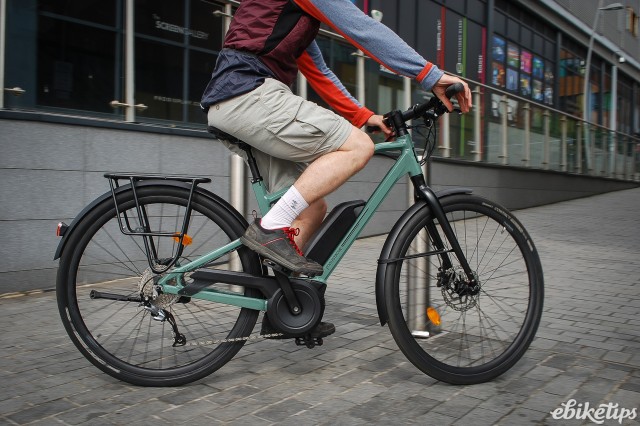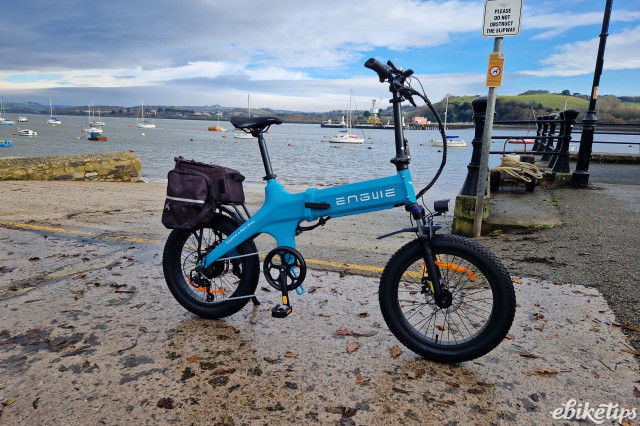When is an e-bike not an e-bike? When it's a moped. Except it may well still be an e-bike too. Okay, let us explain...
The problem with light electric vehicle (LEV) terminology is that the boundaries between one type of vehicle and another are almost always vague and ill-defined.
‘E-bike’ is frequently the fallback term. That’s a perfectly legitimate and clear way of referring to a bike most of the time, but it’s usage is very broad. People may well say ‘e-bike’ when they’re talking about 25km/h four-wheelers or high-power electric dirt bikes.
It all gets a bit woolly and imprecise.
The widespread confusion means that even manufacturers will often use not-quite-the-best word for a given vehicle. This word then gets repeated and it all becomes more confusing still.
But there are a few terms we can hang our hats on. ‘Electrically-assisted pedal cycle’ is one.
EAPCs
It’s immediately clear why ‘electrically-assisted pedal cycle’ – or even EAPC – isn’t used more widely, but it is nevertheless a term used in UK government legislation. It is a label for what most of us think of as being a standard, everyday e-bike.
The three main requirements to qualify are:
- The bike must be fitted with pedals that are capable of propelling it
- The maximum continuous rated power of the electric motor must not exceed 250W
- The electrical assistance must cut-off when the vehicle reaches 15.5mph
An EAPC which complies with the above is not considered a motor vehicle. This means it doesn’t need to be registered, it isn’t subject to vehicle excise duty and it doesn’t have to be insured as a motor vehicle.
> 11 of the best e-bikes for around £1,000
Basically, it’s treated the same way as an ordinary, motorless bike, except that you have to be over 14 to ride one.
Those three legal requirements are what keep an e-bike from becoming a moped.
S-pedelecs
Speed pedelec – or S-pedelec – is another term that isn’t really likely to make its way into common parlance any time soon, but again it’s a useful term for explaining certain distinctions.
Like EAPCs, S-pedelecs are pedal-assisted, but crucially they have more powerful motors and a maximum assisted speed of 28mph (45km/h) . This is what tips them into a different category.
S-pedelecs are widely available from a range of manufacturers and often don’t look much different from a standard 15.5mph (25km/h) e-bike. The law, however, sees them differently.
In the UK, there’s no specific legislation, so if you’re riding one, you’re legally riding a moped, and all the laws regarding mopeds apply.
We had a look at what it takes to buy and register an S-pedelec a couple of years back and it’s quite the undertaking. You even need number plates.
Now you may think that S-pedelecs are a niche product, but if you see something billed as an ‘e-bike’ and it offers assistance above 15.5mph then that’s almost certainly an S-pedelec.
The manufacturer may try and mask this by presenting the higher power modes as merely an ‘option’. However, government documentation on the matter seems pretty clear.
It states: “We are aware of some electric cycles that have a switch offering a temporary increase in top speed that is often advertised as an ‘off road’ facility. When the switch is pressed the vehicle can be propelled by the motor at a speed greater than 15.5mph. Vehicles with this feature fitted do not, in our opinion, comply with the GB EAPC regulations.”
Electric mopeds
If we’re talking about a bike without pedals that’ll provide motor assistance above 15.5mph and below 28mph, this is an electric moped and looked upon the same way as an S-pedelec.
> 5 of the best electric mopeds
But what about sub-15.5mph bikes without pedals? Do those exist?
These are often referred to as ‘twist and go’ bikes. While you can have throttle assistance on a bike considered an EAPC up to 3.7mph, the long and short of it is that without pedals, it’s a moped - unless the manufacturer or importer has successfully applied for vehicle type approval.








